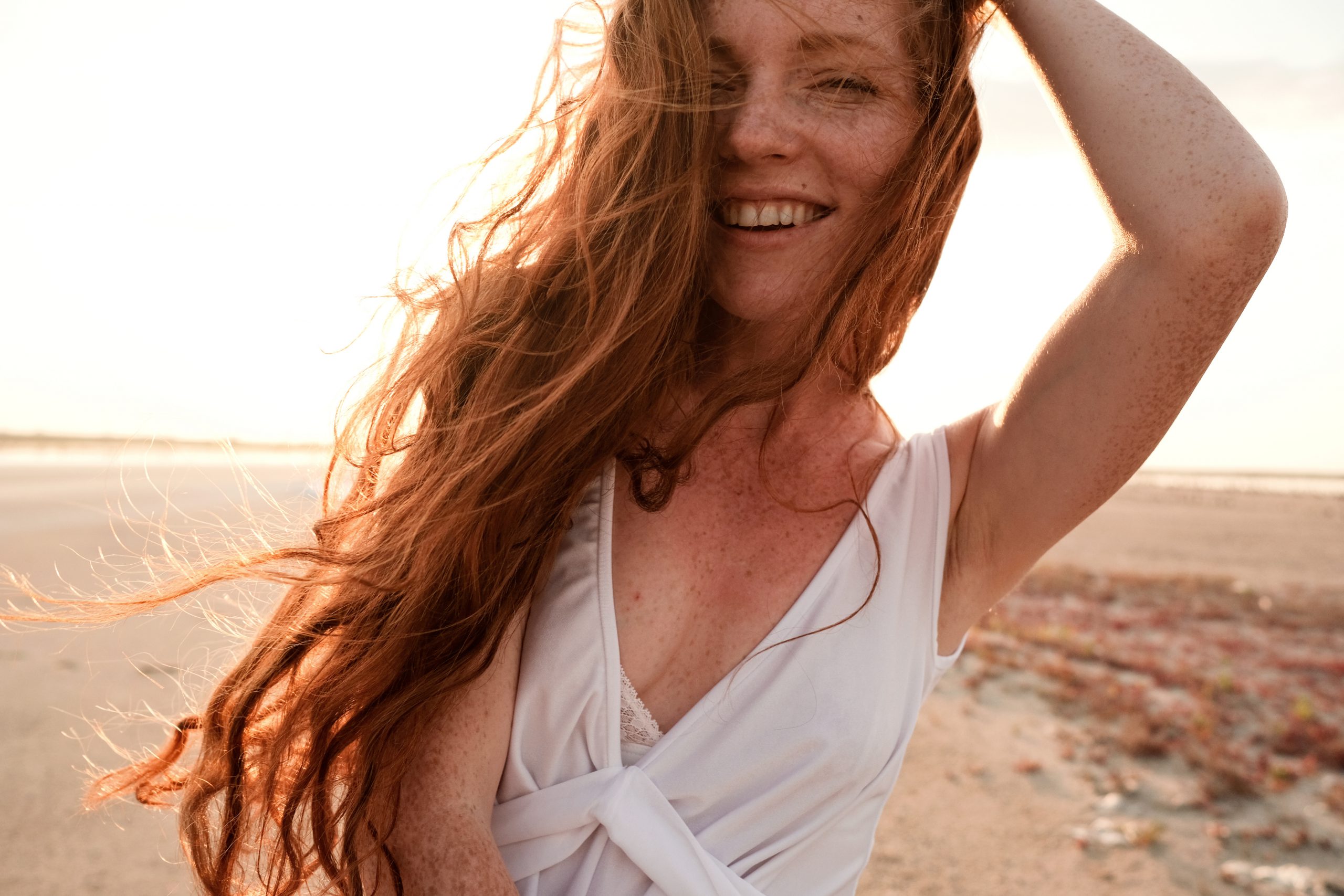
In his latest movie “The Convert,” director and co-writer Lee Tamahori returns home to New Zealand for a look at a fraught chapter in the country’s history. Bringing his action movie bona fides from the James Bond entry “Die Another Day” and “xXx: State of the Union,” Tamahori hews intense dramatic moments over battlefields and tense conversations as two factions of indigenous Māori wrestle for control while British colonists set up one of their first claims on the nation. Our main character enters these most turbulent times advocating for peace and finds few listeners. This is not an uncommon chapter in history, but the way Tamahori and his cast and crew approach the topic is fascinating, even if sometimes a little conflicted.
In 1830, Thomas Munro (Guy Pearce) lands in New Zealand. After years in the military, he’s a troubled man who wants to get away from England as much as possible and finds passage to the other side of the world as a lay preacher. However, our adventurer does not find peace. Instead, he finds a community in tumult as two Māori chiefs, Maianui (Antonio Te Maioha) and Akatarewa (Lawrence Makoare), fight among themselves for control of the region, traders like Kedgley (Dean O’Gorman) supply muskets and bullets to both combatants and the British colonists in the town of Epworth ostracize anyone not British and Protestant. They even go so far as to withhold medical supplies from a wounded Māori woman, Rangimai (Tioreore Ngatai-Melbourne), whom Thomas rescued from an ambush. As tensions mount, Thomas finds allies with Rangimai and a widow named Charlotte (Jacqueline McKenzie), even as war seems all but inevitable.
Thomas feels like something of a Trojan Horse character, an outsider to interest audiences beyond New Zealand in its history and a perfect excuse for constantly translating different languages and customs. However, something feels missing from his character, even if he has the most screen time to share his past war stories and beliefs. Pearce brings him to life with the most solemn of performances, quietly restraining his emotions – and violence – until the very end. But his story isn’t the most compelling.
The real heart of the movie belongs to Rangimai, a woman tormented by the violence of the men around her yet more than willing to take her revenge for the murder of her husband. In a star-making turn, Ngatai-Melbourne rises to the occasion with her bold performance, singing funeral songs for the dead, taking up arms against her enemies, yet also sharing rare scenes of tenderness with Charlotte and Thomas. The character is secretive yet earnest, understands the political games at play, and is willing to participate in its events. She’s eager to learn from her British neighbors even as they reject her and her people because she understands that to know them is itself an advantage.
Tamahori and co-writer Shane Danielsen may have taken some historical liberties in loosely basing their script on true events, creating composite characters or writing in new figures. Still, if the goal of “The Convert” was to give a sense of New Zealand when most of its residents called it by its Māori name, Aotearoa, then it is successful. Cinematographer Gin Loane frames Tamahori and Danielsen story with the gorgeous natural landscape around them, sometimes shooting in stark contrast to show off the dark sandy earth, inky rivers, and cloudy skies. In other moments, the camera revels in the crashing white waves, formidable rocky cliffs, and luscious green forests, occasionally moving in to focus on a bird or plant, grounding its story with a sense of place like no other. Thomas sees this part of the world for the first time, and the camera mirrors his curiosity. Likewise, the visual style is also used to heighten the narrative’s more dramatic scenes, like when Rangimai greets her father, the chief, after the murder of her husband. The reunion happens near the coastline, where the soil is dark, and the skies appear stormy, a harbinger for the battle forecast ahead.
“The Convert” is Tamahori’s third feature set in New Zealand. His breakout film “Once Were Warriors” introduced him to international audiences, and decades later, he returned with “Māhana,” a period piece following a Māori family in the 1960s. This trip back in time for “The Convert” is perhaps one of the more ambitious titles in his filmography, one painstakingly researched for accurate details to recreate Māori homes, costumes, and dialect, stocked with numerous extras and supporting characters to bring the last of the country’s pre-colonial days to the big screen. In that sense, the movie takes on a bittersweet note, bringing history to life in all its messy complexity – and the everyday players who shape it.




